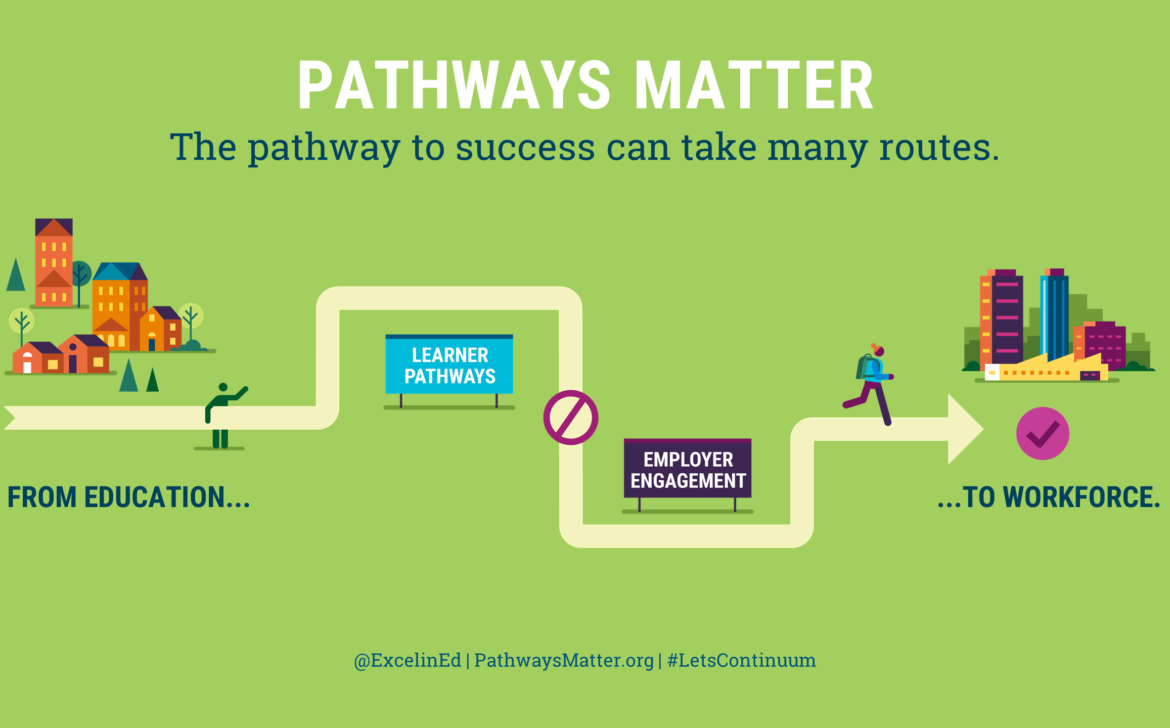10 Game-Changing Programming Practices That Will Boost Your Productivity
In the rapidly evolving world of programming, staying productive is essential for success. As a programmer, you want to maximize your efficiency, improve code quality, and deliver projects on time. Fortunately, there are several game-changing programming practices that can help you achieve these goals. In this article, we will explore ten such practices that can significantly boost your productivity. Maintaining a consistent code formatting is crucial as it enhances readability and ensures long-term maintainability. By adhering to a consistent style guide, you ensure that your code is easy to understand for yourself and other developers. Tools like linters and code formatters can automate this process, making it easier to maintain a consistent coding style throughout your projects. Version control is a fundamental practice that allows you to track changes to your codebase over time. By using a version control system like Git, you can easily collaborate with others, revert to previous versions, and manage conflicts. This practice helps you maintain a clean and organized codebase, making it easier to work on different features or bug fixes simultaneously. Automated testing is crucial for ensuring the quality and stability of your code. Writing unit tests, integration tests, and end-to-end tests can help you catch bugs early in the development process. By automating these tests, you can save time and effort, as well as have confidence in the reliability of your code. Writing modular and DRY (Don’t Repeat Yourself) code promotes code reuse and maintainability. Breaking your code into smaller, reusable modules allows you to focus on individual components, making it easier to understand, test, and debug. Additionally, avoiding code duplication reduces the chances of introducing bugs and makes your codebase more efficient.
The beautiful thing about learning is that it never ends; there is always something new to discover.
– Lailah Gifty Akita Effective documentation is vital for understanding your codebase and promoting collaboration. By documenting your code, APIs, and project setup, you provide valuable insights to other developers and future maintainers. Clear and concise documentation helps reduce confusion, facilitates onboarding new team members, and enables faster problem-solving. Continuous Integration (CI) is a practice that involves regularly integrating code changes into a shared repository and automatically running tests and builds. CI tools like Jenkins or Travis CI help catch integration issues early and ensure that the project remains in a working state. By embracing CI, you can reduce the risk of introducing bugs and increase the overall stability of your codebase. Code review is an essential practice for maintaining code quality and fostering collaboration within a team. By having peers review your code, you can receive valuable feedback, catch potential bugs, and improve the overall quality of your work. Code reviews promote knowledge sharing and ensure that best practices are followed throughout the project. Optimizing the performance of your code is crucial for enhancing user experience and efficiency. By profiling and identifying bottlenecks, you can optimize critical sections of your code to run faster and consume fewer resources. Techniques such as caching, algorithmic improvements, and database optimization can significantly boost the performance of your applications. Debugging is an inevitable part of programming, and mastering effective debugging techniques can save you significant time and frustration. By utilizing tools like debuggers, logging, and error monitoring systems, you can quickly identify and fix issues in your code. Debugging skills enable you to pinpoint problems efficiently and develop robust solutions. Continuous learning is crucial for staying up-to-date with the latest programming practices and technologies. Actively seeking new knowledge, exploring different programming languages and frameworks, and participating in online communities can expand your skillset and keep you ahead of the curve. Embracing a growth mindset and being open to learning opportunities can contribute to your long-term success as a programmer. By incorporating these ten game-changing programming practices into your workflow, you can significantly enhance your productivity as a programmer. Consistent code formatting, version control, automated testing, modular and DRY code, documentation, continuous integration, code review, performance optimization, debugging techniques, and continuous learning are all key elements that can help you deliver high-quality code efficiently. Implementing these practices may require some initial effort and adjustment, but the long-term benefits are well worth it. Not only will you become a more productive programmer, but you will also improve the quality of your code, increase collaboration with teammates, and enhance the overall success of your projects.Introduction
Consistent Code Formatting
Version Control
Automated Testing



Modular and DRY Code
Documentation
Continuous Integration
Code Review
Performance Optimization
Debugging Techniques
Learning and Continuous Improvement
Conclusion

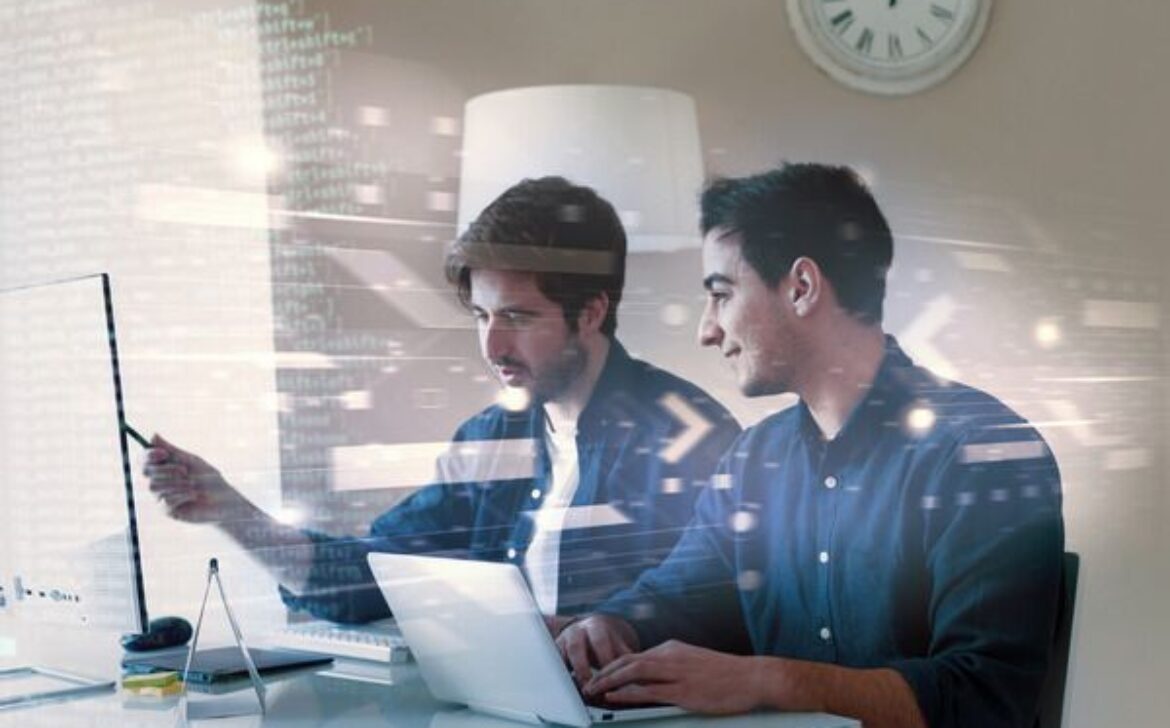
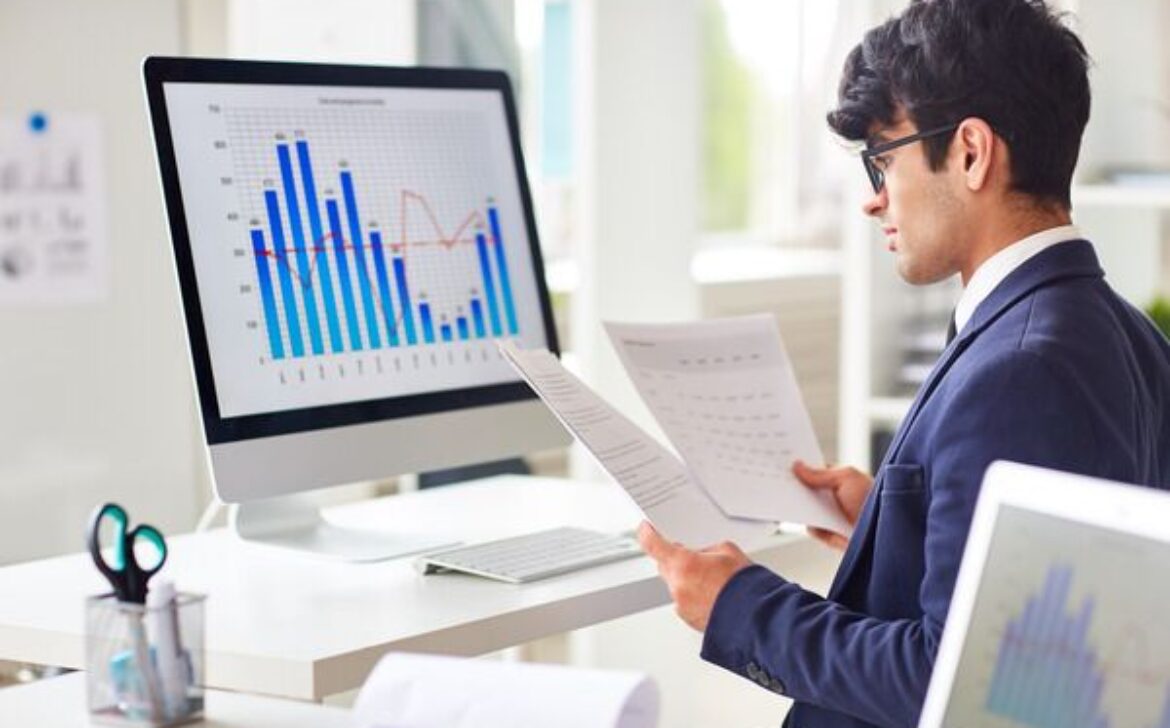

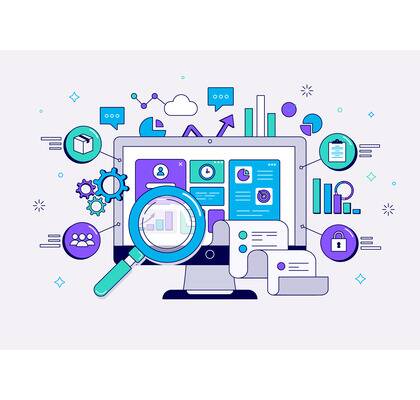




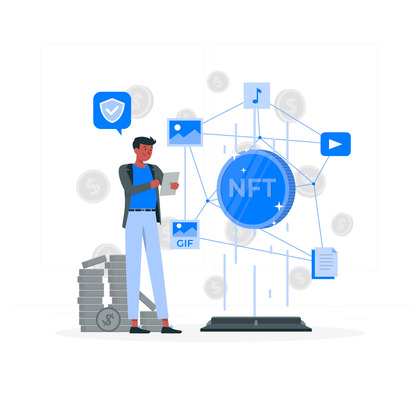








 Imagine a world where you can travel to exotic destinations, explore fantastical realms, or interact with virtual beings—all without leaving the comfort of your living room. Welcome to the captivating realm of virtual reality (VR). In this blog post, we will delve into the fascinating world of VR, exploring its applications, advancements, and the transformative impact it has on various industries and our daily lives.
Imagine a world where you can travel to exotic destinations, explore fantastical realms, or interact with virtual beings—all without leaving the comfort of your living room. Welcome to the captivating realm of virtual reality (VR). In this blog post, we will delve into the fascinating world of VR, exploring its applications, advancements, and the transformative impact it has on various industries and our daily lives.


 Virtual reality has also made a significant impact on education and training. VR simulations provide immersive and realistic environments for learning and skill development. Students can explore historical landmarks, dive into the depths of the ocean, or practice complex medical procedures—all within a virtual space. VR training programs have been adopted in fields such as aviation, healthcare, and military, allowing individuals to gain hands-on experience in a safe and controlled environment.
Virtual reality has also made a significant impact on education and training. VR simulations provide immersive and realistic environments for learning and skill development. Students can explore historical landmarks, dive into the depths of the ocean, or practice complex medical procedures—all within a virtual space. VR training programs have been adopted in fields such as aviation, healthcare, and military, allowing individuals to gain hands-on experience in a safe and controlled environment.






















